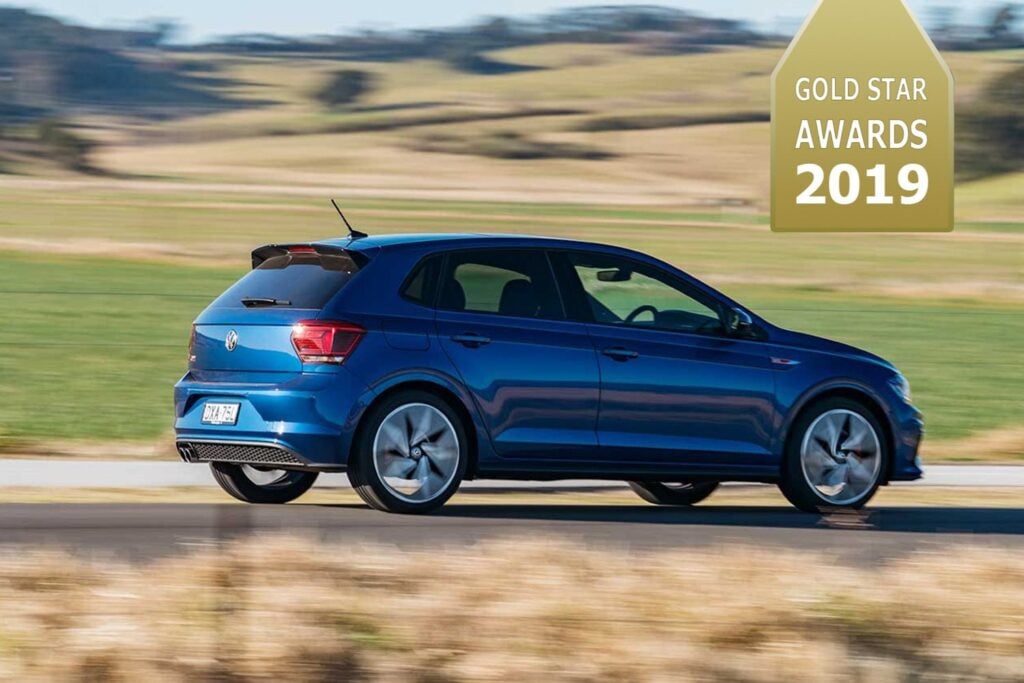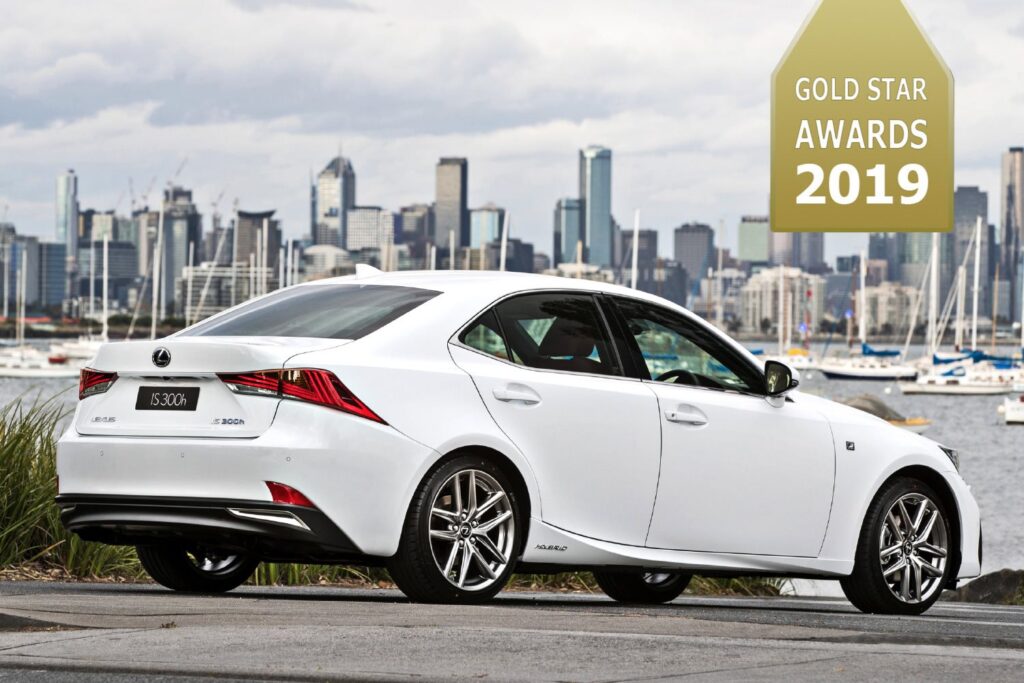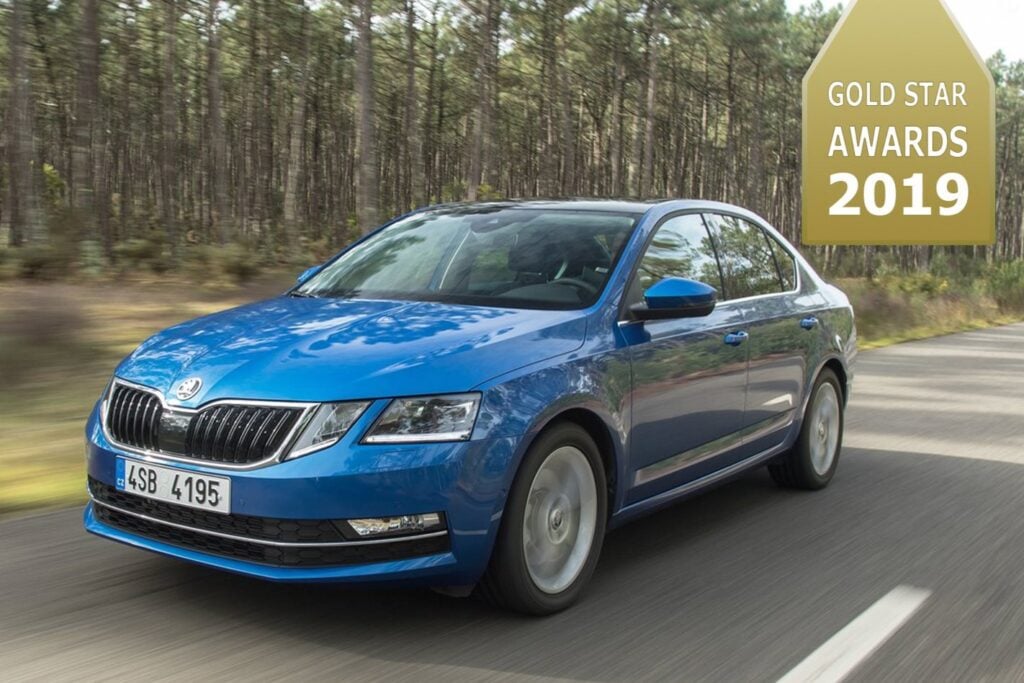

2019 Gold Star Award winners
If you want the absolute cheapest car to own, what should you buy? Wheels‘ Gold Star Awards answers that question by calculating the costs of ownership for every car on the Australian market across ten different categories – small SUV, medium SUV, large SUV (7 seater), premium SUV, dual-cab ute, mainstream hatch, premium hatch, mainstream sedan, premium sedan and performance car.
The result is three finalists and one winner in every segment, bringing new car buyers advice on the cheapest and best value cars to own. Given the numbers don’t account for driveability and evaluation of the vehicle itself, we’ve also included what Wheels would pick if it were our money.
Click through to see all the finalist and winners below.
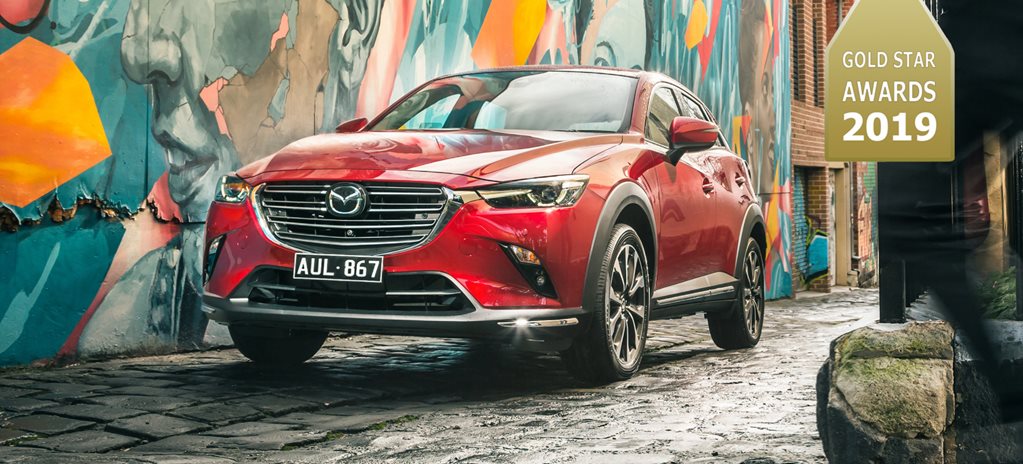

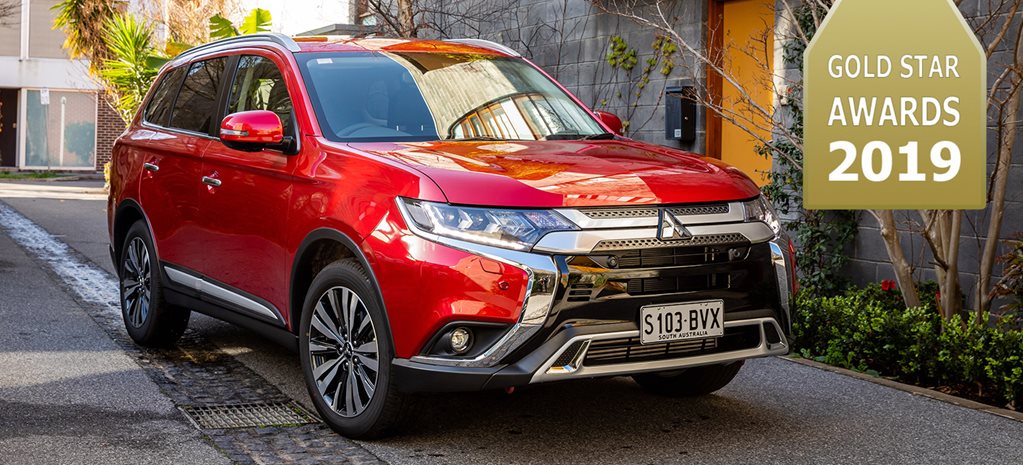

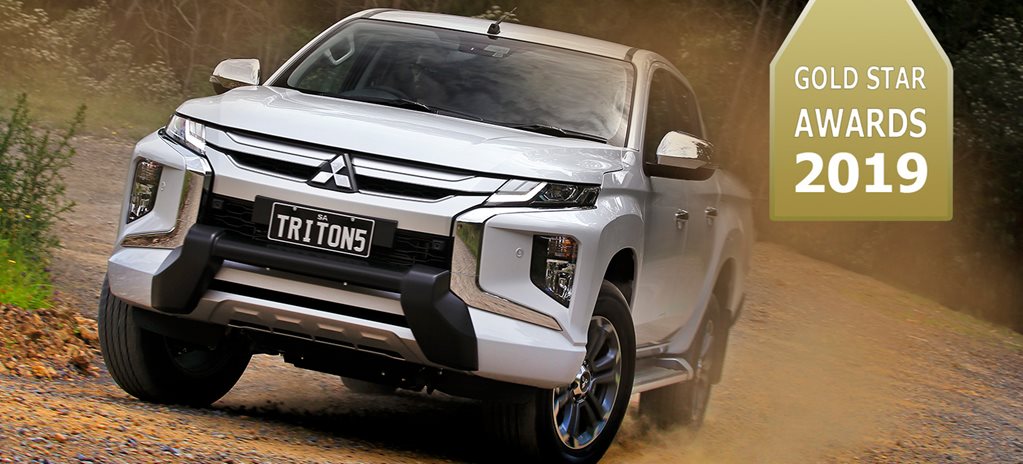
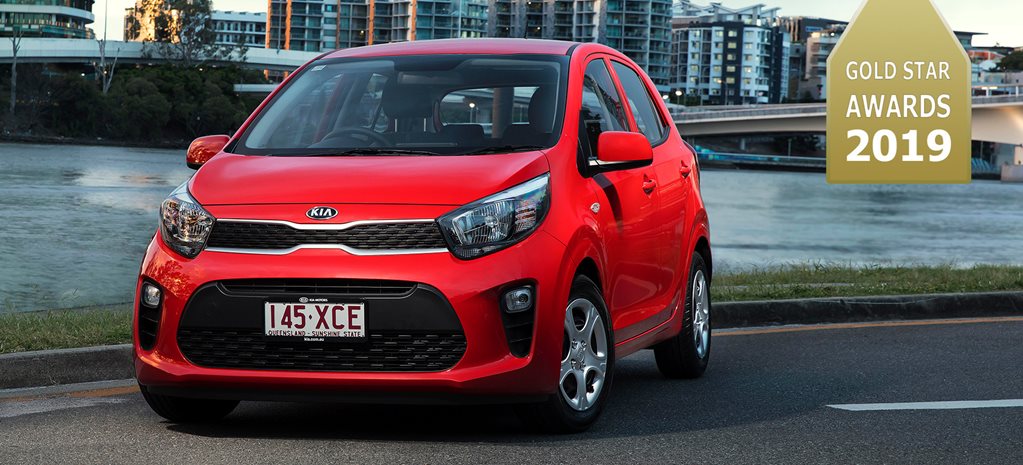
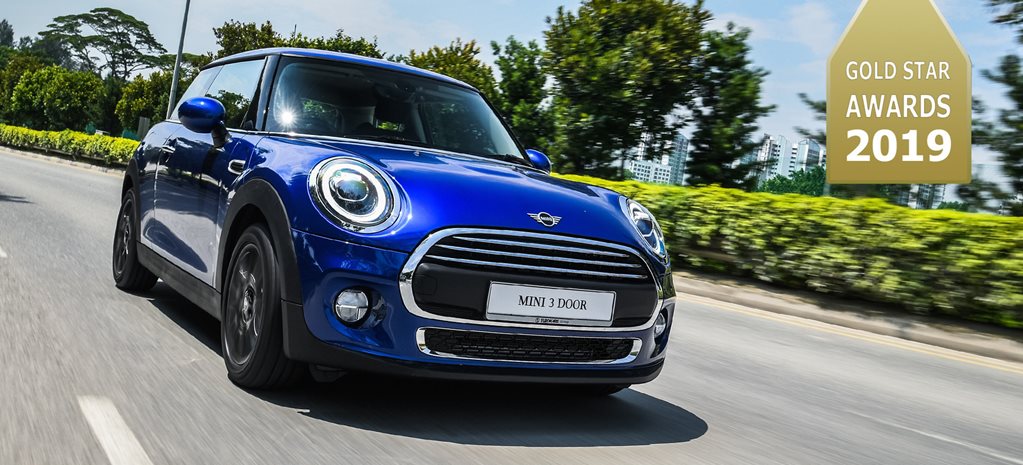
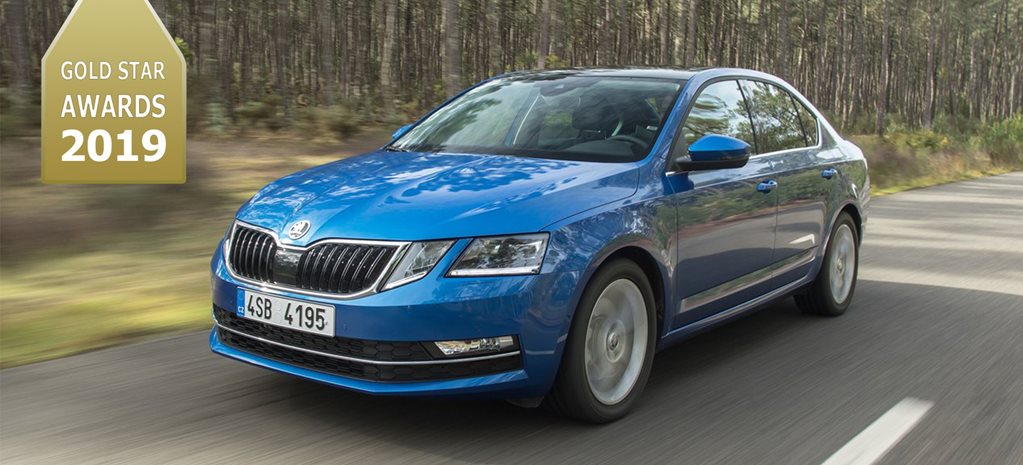
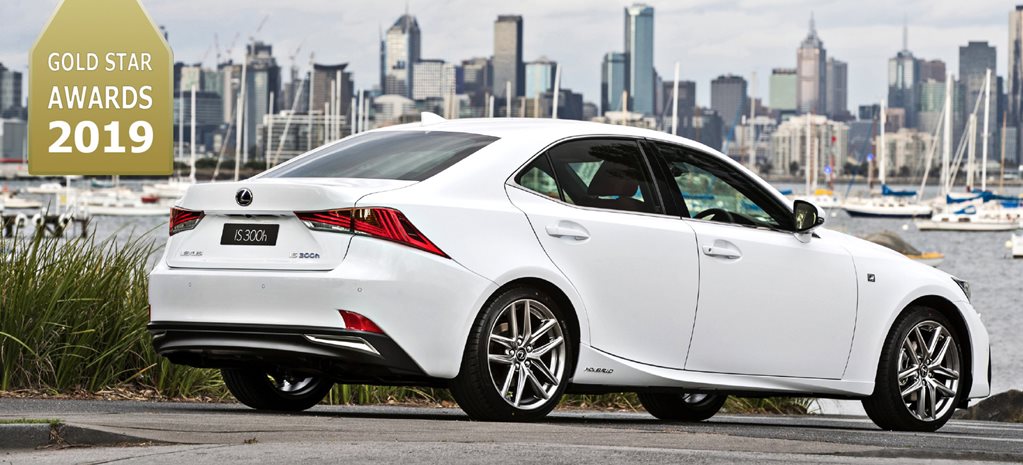
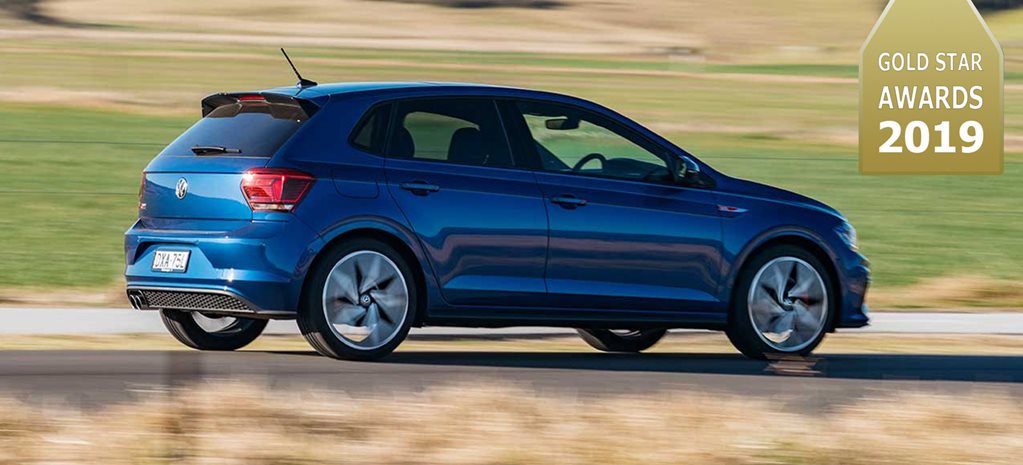
What is the Gold Star Awards?
Often, the only real cost people think about when buying a new car is the big one – the purchase price. But once you fork out the dough, there are countless other hidden costs that start racking up the moment you leave the car yard.
We’re talking things like servicing costs which can vary greatly, comprehensive insurance that is different for every model, and fuel, which depending on if the car is diesel or petrol and how much it consumes, could end up costing over 50 percent more to run at the bowser.

And finally, there’s the biggest cost of ownership for most new cars – depreciation. Or, the amount of value a car loses each year as a percentage of its original purchase price.

Combining all of these costs over three years, Wheels has calculated the best value car to own in eight different segments. It’s named the Gold Star Awards.
Wheels has announced the top three contenders and winning car in the following segments, representing the best value cars you can buy this year:
- Small SUV
- Performance

Crunch go the numbers
![]()
Here are the categories Wheels uses to calculate the best value car to buy in Australia.
Depreciation: The biggest cost of ownership for most new cars. Of the 2000-plus cars number-crunched, Glass’s three-year retained value figures ran as low as 33 percent for the worst depreciators, to as high as 69 percent for something like Toyota’s LandCruiser GXL.
Insurance: We used comprehensive insurance quotes obtained online from Budget Direct for a 35-year-old male living in Chatswood, NSW, Rating One for life, no finance, with the vehicle declared for private use.
Fuel: Annual fuel cost has been calculated on ADR combined-cycle consumption figures – not real-world, but a good base for comparison. Annual distance travelled is taken as the ABS Australian average of 14,000km, and fuel prices on the day were used.
Purchase price: Most new-car buyers set out with a budget in mind, so the survey is divided into price brackets. The real cost of owning the car is depreciation, which is where purchase cost comes into our value analysis.
Real cost: It’s relatively easy to put a representative number on the three-year cost of depreciation, fuel and insurance, so the total of these running costs equates to 80 percent of a car’s score.
Servicing costs: Widespread fixed- or capped-price servicing schemes would make it possible to compare car servicing costs, but for the fact they’re not universal. We can score service intervals; a longer interval may result in less expense and increases convenience, so it takes the maximum 10 points.
Warranty: Yes, a seven-year warranty gives greater peace of mind compared with a shorter one. However, it’s impossible to put a hard cost on what an extra-long warranty is worth; it only translates into cash if something fails and is fixed without cost. Accounts for 10 points out of 100.
The Wheels pick: This is to assist all of you who don’t always follow your accountant’s advice. Still with an eye firmly fixed on the bottom line, this is the model we reckon nails a sweet spot for driving enjoyment, comfort, and value … if you can stretch to it.



